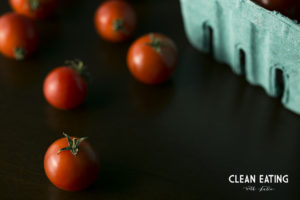Persimmons are not a “new” food for me, however, I’m not a big fan of them. This is probably the only fruit that I don’t really like. From what I gather, if you grew up eating them (probably because you had a tree in your yard – at here in silicon valley), you like them, if you didn’t grow up eating them, eh, no so much. You guessed it, I didn’t have a tree in my yard or in any of my relatives’ yards. And while I don’t have many recipes for using persimmons, I have made a seasonal salad at Thanksgiving that included persimmons, and it was delish!
Jennifer Tyler Lee recommends baking persimmons, making a persimmon cake, or making persimmon chips.
Food Facts:
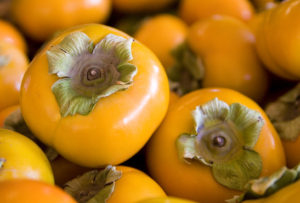 Persimmons are a relative of the apple and the pear.
Persimmons are a relative of the apple and the pear.- Good source of vitamins A, C, B6, E, and K, maganese, potassium, and copper.
- Good source of fiber.
- Persimmons contain antioxidant carotenoids, including: lycopene, beta-carotene, beta-cryptoxanthin, lutein, zeaxanthin, and phenols.
- Because of the nutrients they possess, persimmons are heart protective.
- Studies have also shown that persimmons have an anti-viral effect.
- In season in late fall and early winter.
- A new study shows persimmons being used to combat breast cancer cells while not harming regular breast cells. This is due the content of fisetin, a flavonoid.
- Originally from Asia.
- There are two types of persimmons, astringent and non-astringent. The astringent persimmons are bitter when eaten raw.
- Fuyu are best peeled and eaten raw and can be eaten while the fruit is still firm.
- Hachiya are best used for baking. They are also commonly dried by hanging them from a string and allowing the sun to “candy” them.
- Hachiya have an elongated shape and the Fuyu are short and stout.
From:
The 52 New Foods Challenge by Jennifer Tyler Lee, Superfoods
by Tonia Reinhard, http://blog.outoftheboxcollective.com/recipes/glorious-persimmons/ and http://foodfacts.mercola.com/persimmon.html.
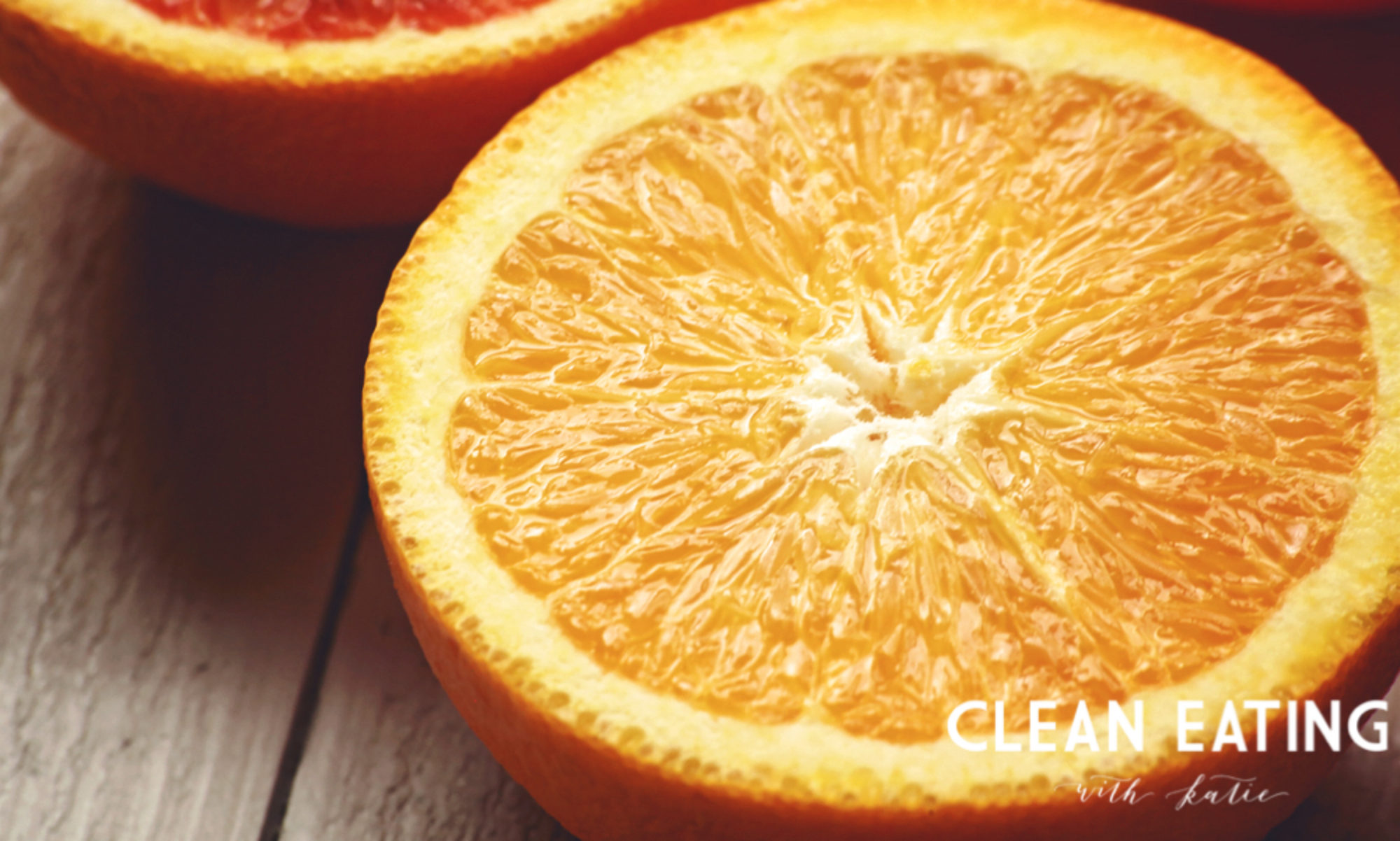

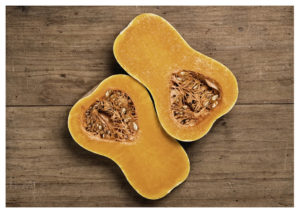 Jennifer Tyler Lee also suggests butternut squash soup and a maple roasted butternut squash. Yum!
Jennifer Tyler Lee also suggests butternut squash soup and a maple roasted butternut squash. Yum!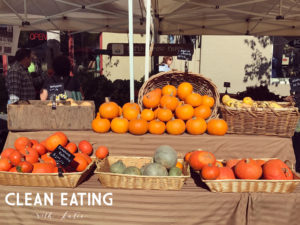 onths.
onths.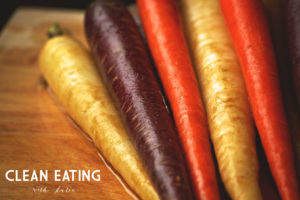
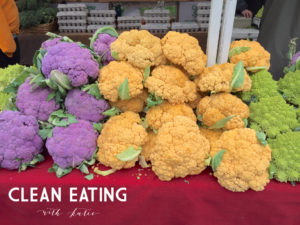
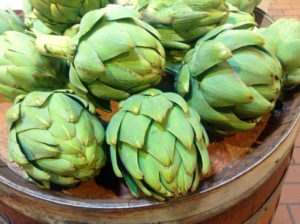 The Globe/French artichoke is the most nutrient dense variety.
The Globe/French artichoke is the most nutrient dense variety.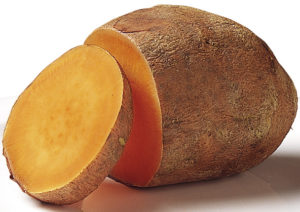
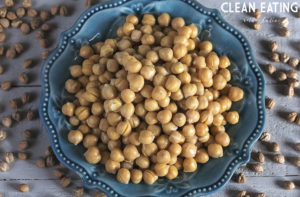
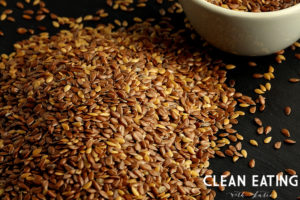 Food Facts:
Food Facts: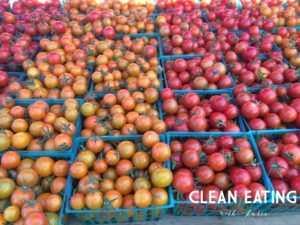 void of nutrients). So unless they are garden tomatoes or farmer’s market tomatoes, they are often mealy and are picked when green. The book
void of nutrients). So unless they are garden tomatoes or farmer’s market tomatoes, they are often mealy and are picked when green. The book 